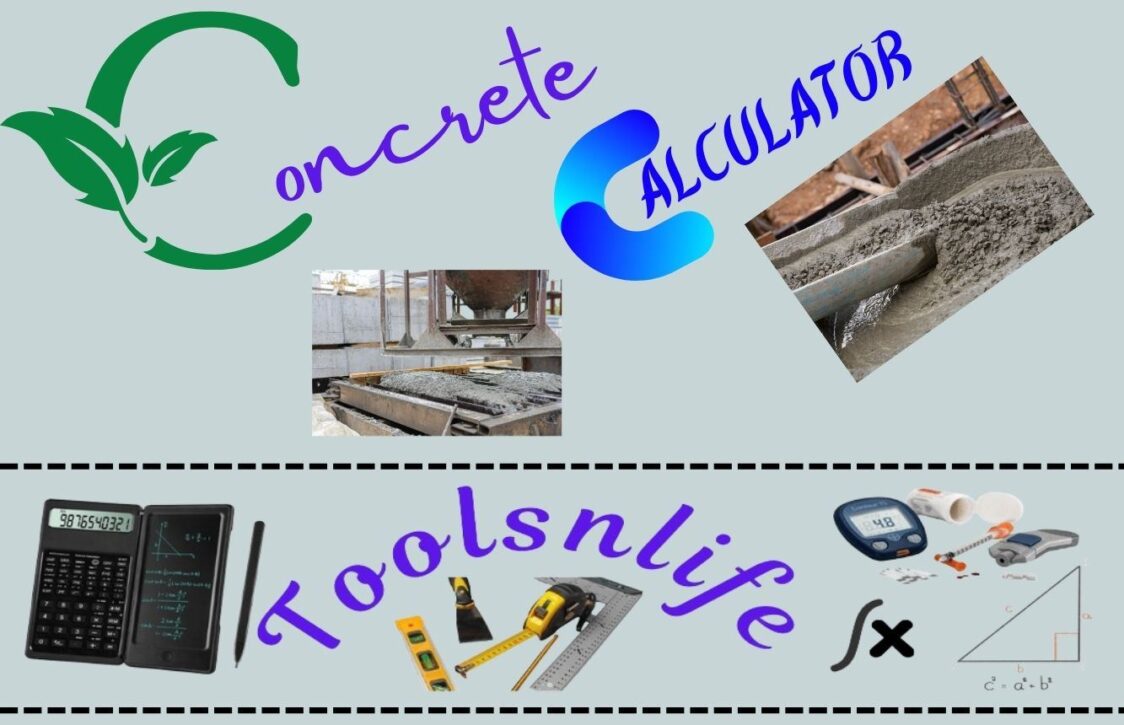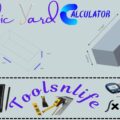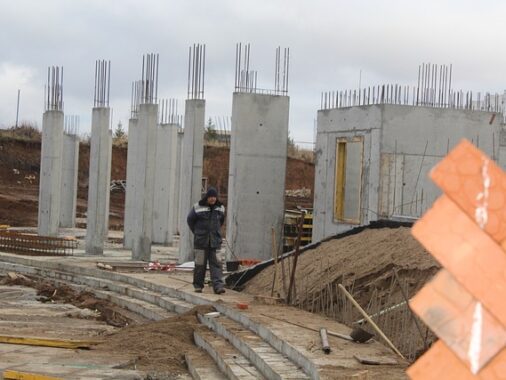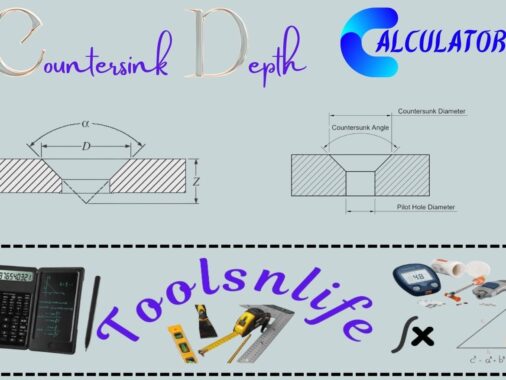Results
Results
Results
Results
Results
Results
Results
Results
Concrete Calculator: Accurately Estimate Your Project Needs
Whether you’re a DIY enthusiast tackling a home improvement project or a professional contractor planning a large-scale construction job, our comprehensive concrete calculator is your essential tool for accurate material estimation. This powerful calculator helps you determine exactly how much concrete you need for various project types, saving you time, money, and potential material waste.
Why Accurate Concrete Calculation Matters
Proper concrete estimation is crucial for several important reasons. First, it prevents costly overordering, which can lead to unnecessary expenses and material waste. Second, it ensures you have enough concrete to complete your project without interruptions. Running short mid-pour can create weak points in your structure and compromise its integrity. Third, accurate calculations help with budget planning and project scheduling, making your entire construction process more efficient.
Based on my 15 years of experience in construction project management, I’ve seen countless projects delayed or compromised due to improper concrete estimation. That’s why I developed this comprehensive calculator – to provide both professionals and DIYers with a reliable tool that accounts for all the variables that affect concrete volume requirements.
How to Use Our Concrete Calculator
Our intuitive concrete calculator is designed for simplicity and accuracy. Simply follow these steps:
- Select your project type from the eight available options
- Input your measurements in your preferred units (inches, feet, meters, etc.)
- Enter the quantity of identical elements you need
- Add your local concrete price per cubic yard if you want cost estimation
- Review your results for both volume and total cost
The calculator automatically handles all unit conversions and mathematical calculations, providing you with precise results in both cubic yards and total project cost.
Understanding Different Concrete Project Types
Each construction project has unique requirements and calculation methods. Our calculator addresses these differences with specialized sections for each common concrete application:
Square Slabs
Square or rectangular slabs are among the most common concrete projects, used for patios, driveways, foundations, and floor surfaces. These require straightforward length × width × depth calculations. Remember that most residential slabs are 4-6 inches thick, while driveways and garage floors typically need 5-6 inches for proper durability.
Square Slab Diagram:
Round Slabs
Circular slabs are perfect for decorative elements, fire pits, gazebo bases, and unique architectural features. These require calculating the area of a circle (π × radius²) multiplied by the depth. The radius is half the diameter, so measure across the widest part of your circle to get the diameter measurement.
Round Slab Diagram:
Walls and Footers
Concrete walls provide structural support and separation, while footers (or footings) distribute the weight of structures to the ground. Walls require height × length × width calculations, while footers follow similar principles but are typically wider relative to their height. Proper footer design is critical for structural integrity, especially in areas with frost lines.
Wall Diagram:
Footer Diagram:
Columns and Steps
Square and round columns provide vertical support in structures, while concrete steps create access between different elevations. Column calculations vary between square (height × length × width) and round (π × radius² × height) formulas. Steps require calculating both the platform and individual steps, considering rise, run, and width measurements.
Square Column Diagram:
Round Column Diagram:
Steps Diagram:
Curbs and Gutters
Curbs and gutters are essential for drainage control and road definition. These calculations combine multiple rectangular volumes to account for both the curb profile and gutter section. Accurate measurement is particularly important for these elements since they’re often installed in long, continuous runs where small miscalculations can compound significantly.
Curbs & Gutters Diagram:
Expert Tips for Accurate Concrete Estimation
Through years of construction experience, I’ve compiled these essential tips to ensure your concrete calculations are as accurate as possible:
- Always add a waste factor of 5-10% to account for spillage, over-excavation, and uneven subgrades
- Measure twice, calculate once – double-check all measurements before ordering
- Consider accessibility – difficult-to-reach areas may require additional concrete for pumping or extra handling
- Account for formwork displacement – the space taken up by wooden forms slightly reduces concrete volume needs
- Check local concrete prices – costs vary significantly by region and time of year
- Understand concrete delivery minimums – most suppliers have minimum order requirements (typically 1-2 cubic yards)
Common Concrete Calculation Mistakes to Avoid
Even experienced contractors can make errors in concrete estimation. Watch out for these common pitfalls:
- Unit confusion – mixing inches, feet, and yards in the same calculation
- Ignoring slope – not accounting for graded surfaces in volume calculations
- Overlooking expansion joints – these reduce the total concrete volume needed
- Failing to consider substrate – uneven ground can significantly affect volume requirements
- Misjudging concrete yield – different mix designs have slightly different volume yields
Understanding Concrete Measurements and Conversions
Concrete is typically measured and sold by volume in cubic yards in the United States. Understanding how to convert between different units is essential for accurate estimation:
- 1 cubic yard = 27 cubic feet
- 1 cubic foot = 1,728 cubic inches
- 1 cubic meter = 1.30795 cubic yards
- 1 cubic yard covers approximately 80 square feet at 4 inches thick
Our calculator automatically handles these conversions, but understanding the relationships helps you verify results and communicate effectively with suppliers.
Factors That Affect Concrete Pricing
Concrete costs vary based on several factors beyond simple volume calculations:
- Mix design – standard, high-strength, or specialty mixes have different prices
- Delivery distance – longer distances increase transportation costs
- Accessibility – sites with difficult access may require pump trucks, adding to the cost
- Order size – larger orders often have better per-yard pricing
- Seasonal demand – prices can fluctuate based on construction activity levels
- Additives and reinforcements – fiber mesh, color, or accelerators increase costs
Ready to Start Your Project?
Now that you understand the importance of accurate concrete calculation and how to use our tool effectively, you’re ready to plan your project with confidence. Our concrete calculator takes the guesswork out of material estimation, helping you save money, reduce waste, and ensure your project’s success.
Whether you’re pouring a small patio or managing a large commercial project, this calculator provides the precision you need. Try it now for your specific project requirements, and don’t hesitate to consult with local concrete professionals for complex projects or if you have any doubts about your calculations.






